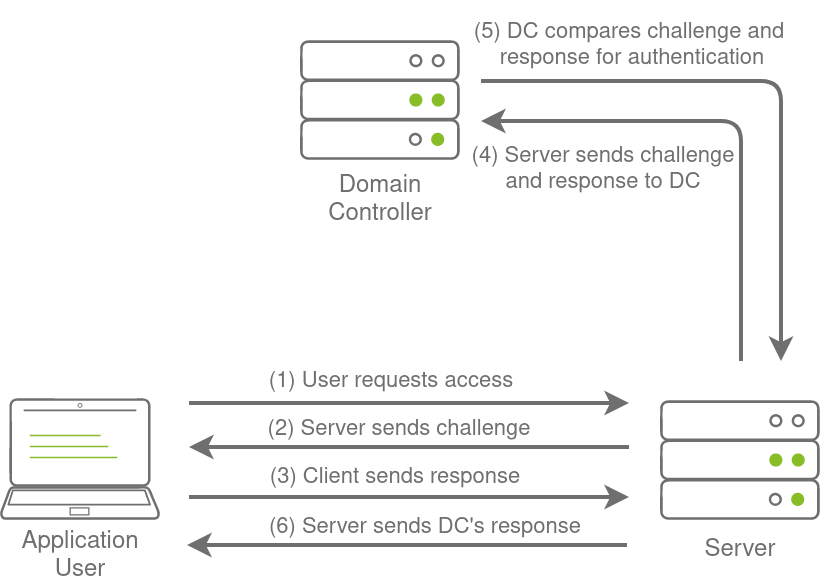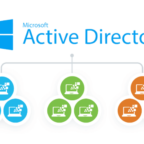Views: 128
Active Directory (AD) is used by approximately 90% of the Global Fortune 1000 companies. If an organisation’s estate uses Microsoft Windows, you are almost guaranteed to find AD. Microsoft AD is the dominant suite used to manage Windows domain networks. However, since AD is used for Identity and Access Management of the entire estate, it holds the keys to the kingdom, making it a very likely target for attackers.
Two popular methods for gaining access to that first set of AD credentials is Open Source Intelligence (OSINT) and Phishing.
NLTM Authentication Services
NTLM and NetNTLM
New Technology LAN Manager (NTLM) is the suite of security protocols used to authenticate users’ identities in AD. NTLM can be used for authentication by using a challenge-response-based scheme called NetNTLM. This authentication mechanism is heavily used by the services on a network. However, services that use NetNTLM can also be exposed to the internet. The following are some of the popular examples:
- Internally-hosted Exchange (Mail) servers that expose an Outlook Web App (OWA) login portal.
- Remote Desktop Protocol (RDP) service of a server being exposed to the internet.
- Exposed VPN endpoints that were integrated with AD.
- Web applications that are internet-facing and make use of NetNTLM.
NetNTLM, also often referred to as Windows Authentication or just NTLM Authentication, allows the application to play the role of a middle man between the client and AD. All authentication material is forwarded to a Domain Controller in the form of a challenge, and if completed successfully, the application will authenticate the user.
This means that the application is authenticating on behalf of the user and not authenticating the user directly on the application itself. This prevents the application from storing AD credentials, which should only be stored on a Domain Controller. This process is shown in the diagram below:

Brute-force Login Attacks
Since most AD environments have account lockout configured, we won’t be able to run a full brute-force attack. Instead, we need to perform a password spraying attack. Instead of trying multiple different passwords, which may trigger the account lockout mechanism, we choose and use one password and attempt to authenticate with all the usernames we have acquired. However, it should be noted that these types of attacks can be detected due to the amount of failed authentication attempts they will generate.
Password Spraying
python ntlm_passwordspray.py -u <userfile> -f <fqdn> -p <password> -a <attackurl>

